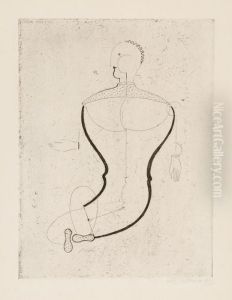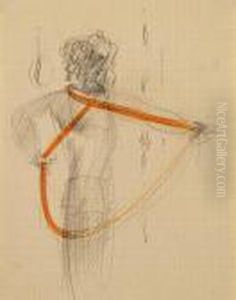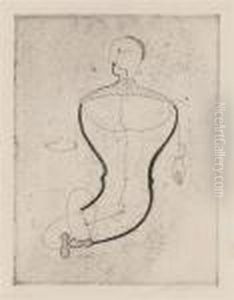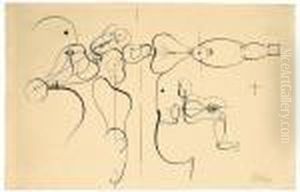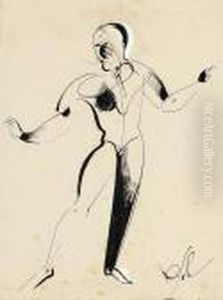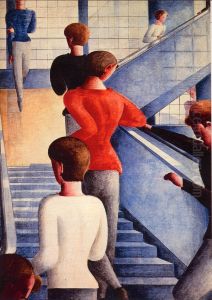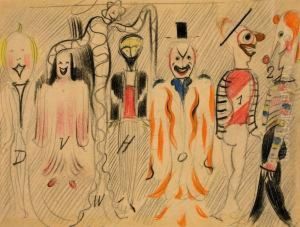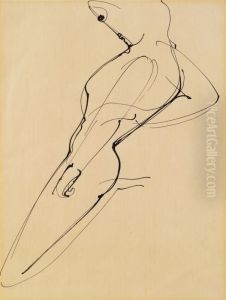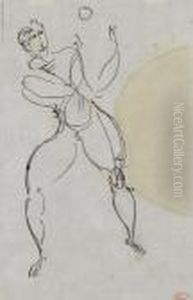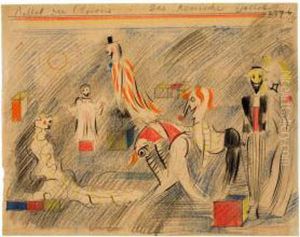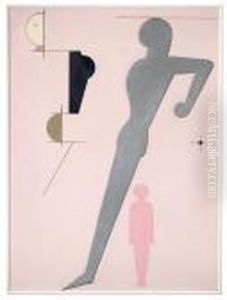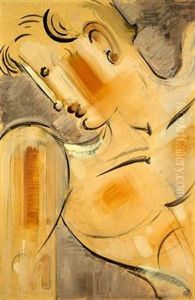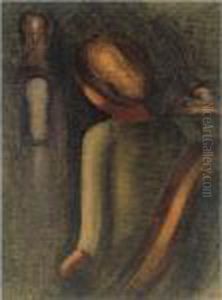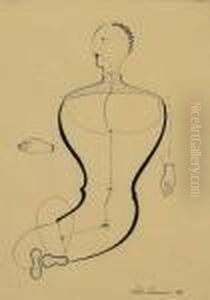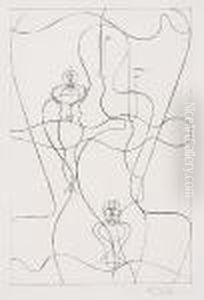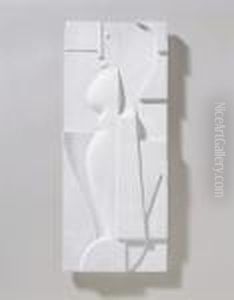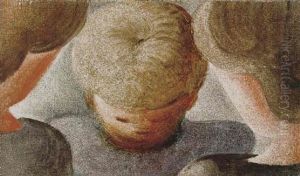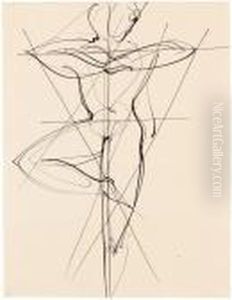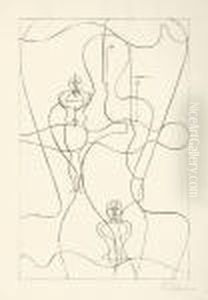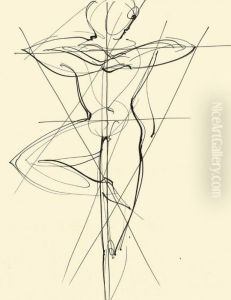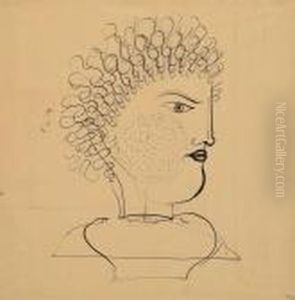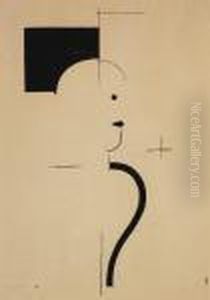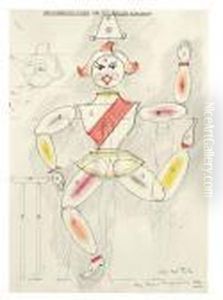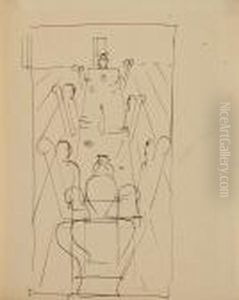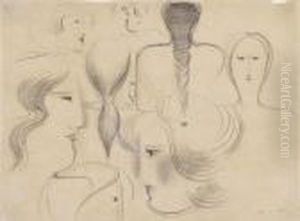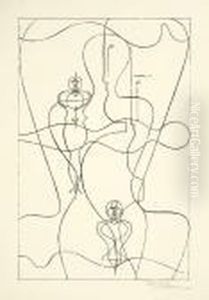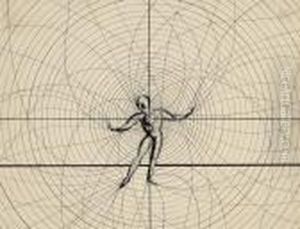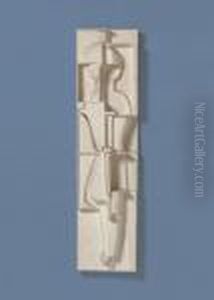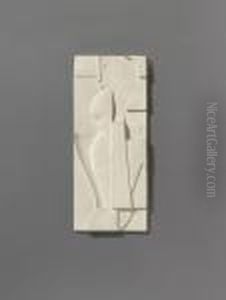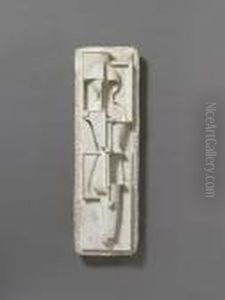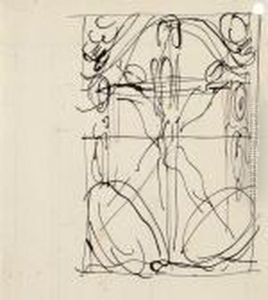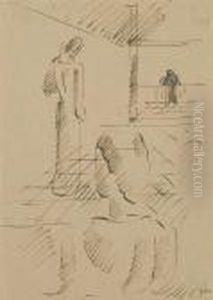Oskar Schlemmer Paintings
Oskar Schlemmer was a German painter, sculptor, designer, and choreographer known for his work with the Bauhaus school. Born on September 4, 1888, in Stuttgart, Germany, Schlemmer was the youngest of six children. After the death of his parents, he was brought up by his sister.
Schlemmer studied at the Kunstgewerbeschule as well as the Akademie der Bildenden Künste in Stuttgart under the tutelage of landscape painters Christian Landenberger and Friedrich von Keller. In 1910, he moved to Berlin but returned to Stuttgart in 1912 to work as a master student in Adolf Hölzel's composition class.
During World War I, Schlemmer served in the military from 1914 until he was wounded in 1917. After his recovery, he resumed his artistic pursuits, creating figurative paintings that emphasized simplified forms and the human body, often exploring the relationship between the figure and space.
In 1920, Schlemmer began teaching at the Bauhaus school, first in Weimar and then in Dessau. His most famous work, 'Triadisches Ballett' (Triadic Ballet), created in 1922, was a groundbreaking production that redefined the relationship between body movements, space, and geometric shapes. The avant-garde costumes and transformative choreography of the ballet emphasized abstraction and were influential in the development of modern dance and theater design.
As a member of the Bauhaus, Schlemmer explored various art forms, including painting, sculpture, and stage design. He was highly interested in the integration of art and technology and how they could coalesce to form a new aesthetic that was in harmony with the modern industrial world.
With the rise of the Nazi regime, Schlemmer's work was deemed 'degenerate', and he was forced to leave the Bauhaus in 1933. He held various teaching positions afterward, including a short tenure at the Kunstakademie in Breslau, but the political climate of the time constrained his artistic production and opportunities.
Oskar Schlemmer's health began to deteriorate in the late 1930s, and he died on April 13, 1943, in Baden-Baden, Germany. Despite his relatively brief career, Schlemmer's visionary ideas and works left a lasting impact on the worlds of art, dance, and performance, and he is remembered as a significant figure in the Bauhaus movement and in 20th-century art history.

